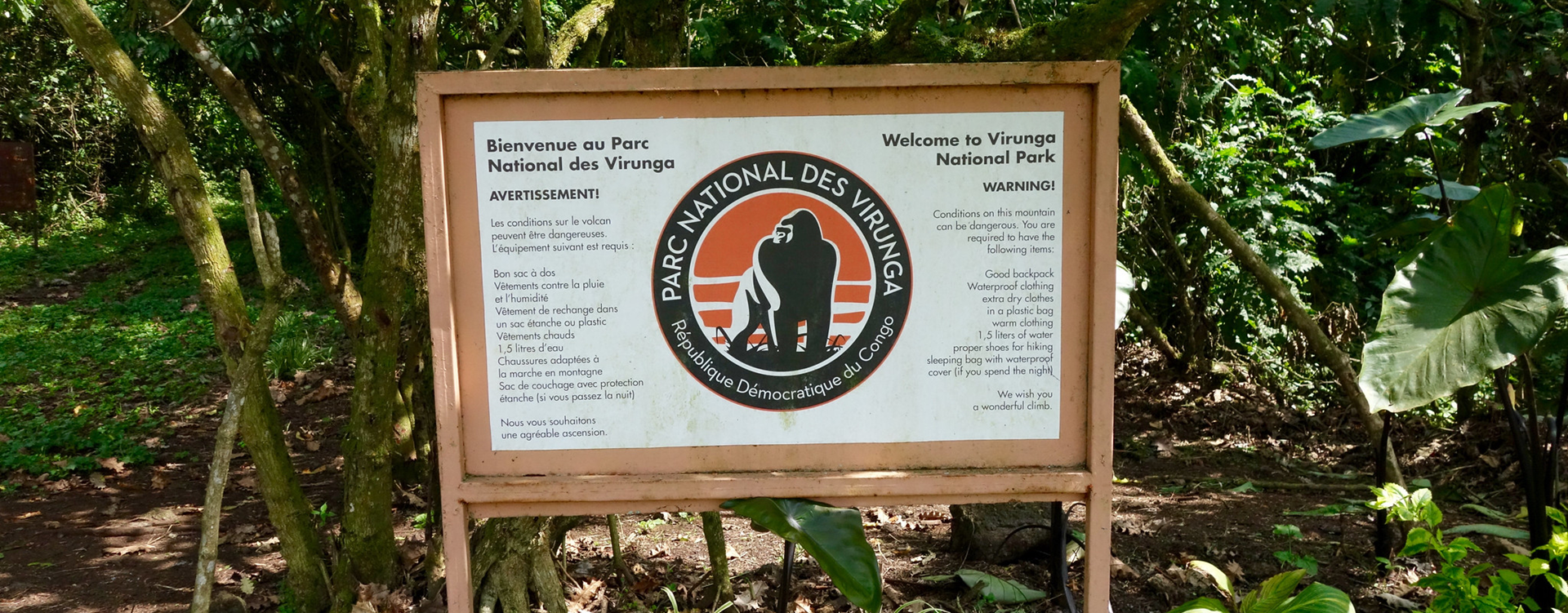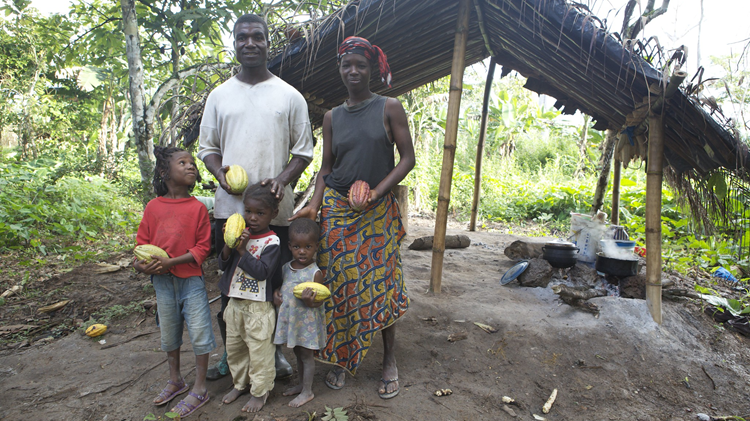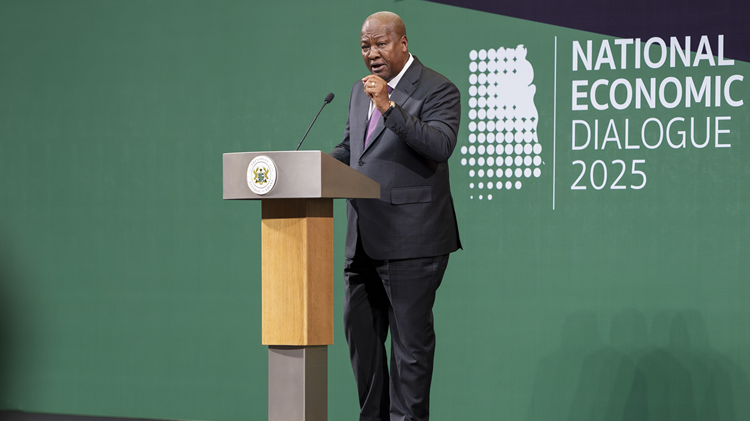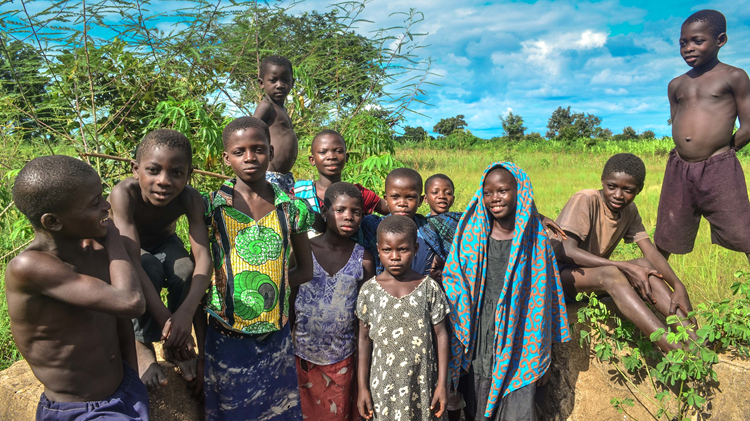Conservation and its role in Africa’s future

Inclusive conservation in both stable and conflict regions can significantly contribute to Africa’s socioeconomic development.
Africa is home to many renowned national parks and conservation areas, such as the Serengeti in Tanzania, Kruger National Park in South Africa, and Virunga National Park in the Democratic Republic of Congo (DR Congo). In addition to protecting fauna and flora, these protected areas can provide natural resources, ecosystem services, livelihoods for local communities and adjacent agriculture. They also offer cultural and recreational benefits that are integral to the identity and heritage of local communities and the tourism sector.
A key concern is that protected areas often are located in regions of significant armed conflicts (see interactive Figure 3 below). Especially many national parks found further north (Upemba National Park), west (P-W-Arly-Pendjari), central (Chinko National Park) and east (Queen Elizabeth National Park) Africa face far more significant challenges than species management or coordination of visitors - including insurgency, terrorism and open warfare between competing proxy groups fighting with the support of various states, or insurgent groups challenging the legitimacy of the existing governments. The implications are numerous, from disrupted conservation efforts, deterrence of tourism and displacement of people who then resort to subsistence activities such as wildlife hunting.
Militias, such as the diverse range of Mai Mai groups in DR Congo and local armed groups with little or no ideological identity, fight to control access to, manage and accrue the benefits of much of the biodiversity, including the exploitation of commodities such as mineral resources (gold, coltan and cobalt). Park Rangers play a vastly different role here from those in Southern Africa. They have to protect themselves from armed groups while having to cope with the arrival of internally displaced people who find refuge in their parks.
One day, an armed group may be fighting with another over illicit mining rights, and the next, coercing non-combatants into providing services such as prostitution, indentured labour and porters of bushmeat that sustains and feeds the members of the insurgent group. These actions will inevitably lead to conflict with Park Rangers. Since 2021, the deaths of many rangers have been due to conflict with militias and armed groups.
Overall, African conservation remains contested with many interest groups debating the value of wildlife, from fortress conservationists to human rights groups, highlighting that charismatic wildlife species receive better protection and resources than neighbouring Indigenous peoples and local communities. Traditional practices for wildlife utilisation by Indigenous peoples are often ignored and even criminalised. History is littered with cases of evictions, forced removals and open conflict between communities and conservation authorities.
African conservation is highly contested but new efforts like TFCAs aim to foster cooperation and ensure mutual benefits
In response, a number of states have attempted to ensure that communities and protected areas can benefit each other, including entering into bilateral or multilateral agreements to create Transfrontier Conservation Areas (TFCAs) with neighbouring states. These “Peace Parks” are designated to celebrate and encourage a spirit of cooperation, and a mutual commitment to conservation. Pragmatically, these protected areas also focus on historical restitution and the meaningful inclusion of Indigenous peoples and local communities. Admittedly, the accrual of benefits is not always even and may take time to emerge. However, the Akagera National Park in Rwanda is an example of how a park can become self-funding through tourism revenues, and in 2022 the park ploughed back nearly US$1 million into bordering communities through various socio-economic activities.
Private participation in wildlife-based tourism is part of the success formula for conservation. Amongst others, AndBeyond and Wilderness Safaris have demonstrated the potential of private players to invest in and support conservation as part of a model that fully acknowledges the inclusion of local communities in the governance, employment and decision-making structures.
An example is the Greater Limpopo Transfrontier Park (GLTFCA) declaration from 2000, which brought South Africa, Zimbabwe and Mozambique together in a common cause to conserve and share the benefits of wildlife-based tourism. A ground-breaking study in 2020 showed that the Greater Kruger National Park (a component of the GLTFCA) contributed approximately ZAR6.6 billion (US$365.5 million in the current exchange) to the South African GDP (including multipliers).
In 2022, tourism contributed nearly 6% to Africa’s GDP and further growth is predicted, motivating decision-makers and economic policy specialists to include tourism products and services in their economic mix and planning.
Inclusive wildlife-based tourism is a significant contributor to African tourism and can play an even larger role by investing in regions with high-risk profiles. It can help local populations develop resilience in the short term and, if viewed as a mid-to-long-term investment can provide the focal point for reconciling states to utilise potential transnational parks as places for peace and socio-economic development.
In South Africa, Indigenous peoples and local communities can have their lands returned to them due to a commitment to land restitution for people who were affected by Apartheid land ownership policies, and enter into conservation partnerships that utilise their land for wildlife tourism purposes. In this way, they derive clear socio-economic benefits in the form of jobs, infrastructure and more. The 24 000-hectare land claim by the Makuleke tribe was one of the first successful land claims (1998) on formal conservation land. A co-management agreement ensured that ownership was returned to the tribe and that the land would continue to be managed as a conservation area. Over time two luxury lodges (The Outpost and Return Africa) and a training institution were developed. Over 70% of their employees are drawn from the Makuleke tribe, ensuring broad socio-economic benefit sharing.
Many other African states saw this example as a blueprint to develop similar initiatives that would meet several objectives simultaneously. In 2011, Zimbabwe, Namibia, Angola, Zambia and Botswana signed an agreement to form the Kavango Zambezi Transfrontier Conservation Area (KAZA TFCA). The KAZA TFCA is currently the largest in the world, with approximately two million people deriving their livelihoods from its natural resources and economic activities, such as wildlife-based tourism, often traversing national boundaries in this pursuit.
On the surface, these TFCAs provide ample opportunity, including for visiting tourists to experience people living with wildlife differently compared to the norms back in Europe, North America and the United Kingdom. Unfortunately, this perception is flawed, as there are underlying issues of human-wildlife conflict and illicit trade in wildlife and a park’s limited capacity to provide socio-economic and human security benefits. Many parks that make up TFCAs were declared in colonial times, with negative histories and are often the sites of conflict that still influence Indigenous peoples and local communities’ perspectives around conservation. Examples include the Sabie Game Reserve (1898), the Kafue National Park (1920s), the Virunga National Park (1928) and the Niassa Game Reserve (1954). Compounding the historical challenges and conflicts, are the impacts of climate change, population growth and poor government services, which create wicked problems.
Admittedly, the model for transnational conservation in the Southern Africa region is not necessarily the solution to conservation in other parts of Africa, especially the war-ridden regions in which protected areas do not reflect the GLTFCA and KAZA TFCA characteristics and challenges. Nonetheless, even though supporting conservation in war and conflict is tenuous at best, we can see that commitment to conservation and those who benefit from it has a place in Africa’s future. Organisations like African Parks, the Peace Parks Foundation and the Forgotten Parks Foundation are operating in conflict regions. They enter into co-management agreements with states to help manage and develop such parks to reduce the burden of fiscally constrained states in funding them. Parks like Upemba National Park and Garamba National Park in DR Congo, Akagera National Park in Rwanda, the Niassa Game Reserve in the northern part of Mozambique, and the Gorongosa National Park and Zambesi Delta have proven that conservation can work despite the threat of war and residual conflict.
The importance of such efforts was illustrated by a significant conservation discovery recently made in conflict-torn South Sudan. The African Parks Foundation discovered the world’s largest land mammal migration in the Boma Badingilo Jonglei Landscape, where an estimated six million White-eared kob, Mongalla gazelle, tiang and reedbuck migrate across the landscape into Gambella National Park in Ethiopia every year. This momentous find would not have been possible without South Sudan entering into a park management agreement.
Despite the complexities of war and conflict, commitment to conservation has a place in Africa's future
Conservation in high-risk regions is possible, with unique approaches to leading conservation initiatives in innovative ways in conflict landscapes. The approach to each opportunity must be nuanced and fit for purpose, as each park has unique challenges. Transplanting the model of success from one region to another can be very problematic. As states and regions exit from conflict, these parks will become assets for socio-economic development and, in many cases, support the daily livelihoods of Indigenous people and local communities. Thus, we must remain optimistic and examine opportunities for inclusive conservation across the continent, not just in “safe” regions, to lay the foundation for future African development through conservation.
Image: Johannes Zielcke/Flickr






